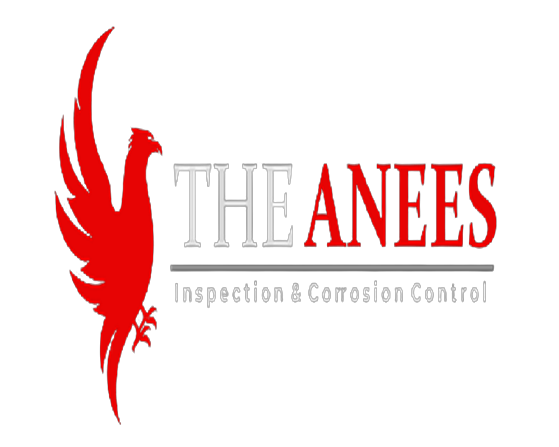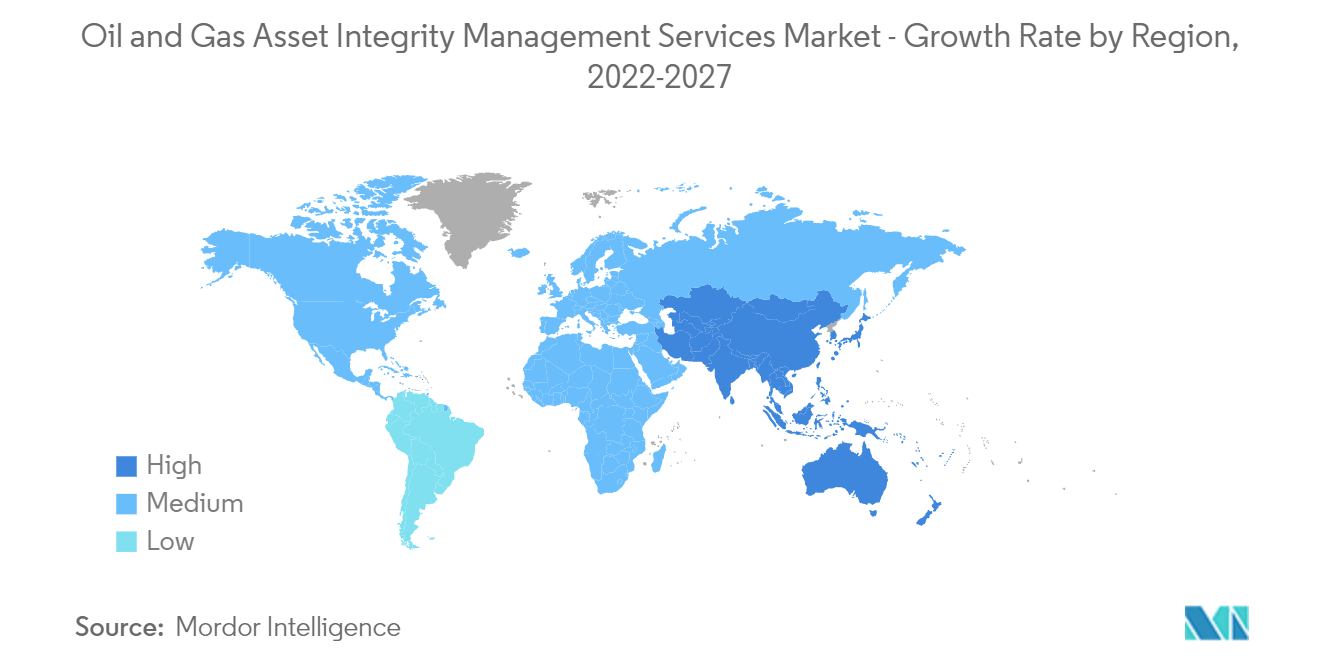Asset integrity management is the practice of managing an asset to ensure its ability to perform its function effectively and efficiently.
Asset integrity means identifying and addressing that you have the required business processes, systems, tools, skills, and resources to maintain asset integrity throughout its lifecycle.
There are numerous organizations available to help with the development, optimization, and implementation of an effective asset integrity management system for all asset types, including down-hole, wellhead, subsea, pipelines, topside processes, load-bearing structures, and floaters. They understand your industry’s difficulties and are actively involved in the creation of asset integrity standards and guidelines.
Asset integrity management aspect
Much of the infrastructure in the oil and gas sector is currently approaching or has outlived its operational life expectancy. With the cost of replacing assets and the resulting turnaround time being unacceptably expensive for so many facilities, asset integrity is now competing with terms like OPEX and Agile as the buzzword on everyone’s lips.
Challenges such as vessel inspection, which is a substantial contributor to production downtime, and corrosion under insulation, which is a common source of unexpected shutdowns, are on the rise – and implementing innovative solutions is becoming a need in many sites, particularly those offshore.
A Human Aspect
Asset integrity is based on the assumption that the majority of employees in the firm will do things correctly, and no matter how hopeful that seems, most maintenance, inspection, and data management tasks are done with the best of intentions. However, things are frequently not accomplished fully or in a timely manner. Simple remedies such as more regular inspections will not guarantee to catch every missed issue, nor will they inspire excitement if personnel are forced to increase their inspection work or are implicated in missed defects.

Why is asset integrity management absolutely essential?
On July 6, 1988, the Piper Alpha North Sea oil platform spilled condensed gas for 22 minutes, causing an explosion that killed 167 of the rig’s 229 workers. Many consider this catastrophe to be a watershed point in modern approaches to EH&S and AIM in oil and gas, not least because it prompted every offshore operator to invest £1 billion in safety measures.
Developing an AIM strategy
According to an Oil & Gas IQ study, oil and gas operators are now using price-responsive strategies and optimizing existing assets. In order to make ends meet, these employers are continually re-evaluating their policies, particularly in the North Sea. 51% of oil and gas specialists are currently working on installations that are more than 20 years old, with less than a third working on installations in their first decade of operation.
More than half of asset integrity experts have had their budgets cut and the average chosen rating of those professionals’ own companies’ AIM rating was 5.4 out of ten. Only 52% said their task load was reasonable in terms of fulfilling targets and preserving safety, and the majority had a meager budget of less than £250,000. Unsurprisingly, the two most pressing challenges for asset integrity professionals are budgeting for assets and the age of the assets themselves. The most serious fault in oil and gas organizations is a lack of communication across divisions, followed by a lack of a safety culture. There is definitely work to be done.
RBI: Risk-Based Inspection
With aging infrastructure quickly becoming one of the industry’s primary challenges, it is more vital than ever to implement an effective identification system. More than half of the pipelines in the United States are at least 50 years old, with 3,300 leaks in the last five years alone, including the largest in US pipeline history, eighty deaths, and nearly 400 injuries. Despite the fact that it may appear evident, maintaining integrity, corrosion, and degradation is akin to spotting an iceberg from afar.
There are dozens of hidden issues for every easily identifiable symptom of corrosion or asset instability: hydrogen attack, high-temperature tempering, thermal fatigue, metallurgy issues, internal system corrosion, and so on—and implementing damage mitigation techniques is nearly impossible without dedicated and experienced professionals. Once the necessity for rigorous inspection has been determined, the following step is to put it into action.
RBI, or risk-based inspection, is one such way in which risk reduction must be balanced with the least amount of effort required to expedite the process and free up more time. However, there are an almost limitless number of ways to carry out our maintenance and quantification is just not achievable with many hazards (such as calibration uncertainty or equipment accessibility). As a result, each organization must select where it fits on the quantitative/qualitative scale; whether to depend more heavily on specialists or statistics.
Depending on how successfully or poorly a company encourages its reliability culture, it will either be reactive or proactive. You must, of course, be proactive. Failure to anticipate and monitor for hidden concerns implies that you can only respond after problems have grown, which costs significantly more in the long term and rewards those who can react swiftly. Rather than enhancing the culture, this positive reinforcement encourages reaction rather than action.
Identifying damage conditions and the variables that influence them
To nobody’s surprise, increasing the temperature of the environment in which an asset is placed accelerates the rate of degradation. Localizing your asset in a halogen-rich environment, or failing to detect a surge in trace chemicals such as chlorides or hydroxides-or any high-or low-pH item-will also fail.
Even a modest but steady discharge of air into a fuel stream will do far more damage to pipelines than either carbon dioxide or hydrogen sulphide.
Here are a few other potentially disastrous pairings that anyone serious about asset integrity should be aware of, ranging from lead contamination in water to nickel in acidic environments. The majority, on the other hand, can be improved by assuring clean and accurate processes, as many harmful combinations do not occur naturally. Steel rigs in seawater, believe it or not, do not survive forever, which explains the recent growth in specialized coating providers.
The third aspect we must analyze in order to completely appreciate the damage mechanism is fundamental strain. When you consider the stress inherent in the procedure, you get basic strain (as if it were operating in an ideal world).

